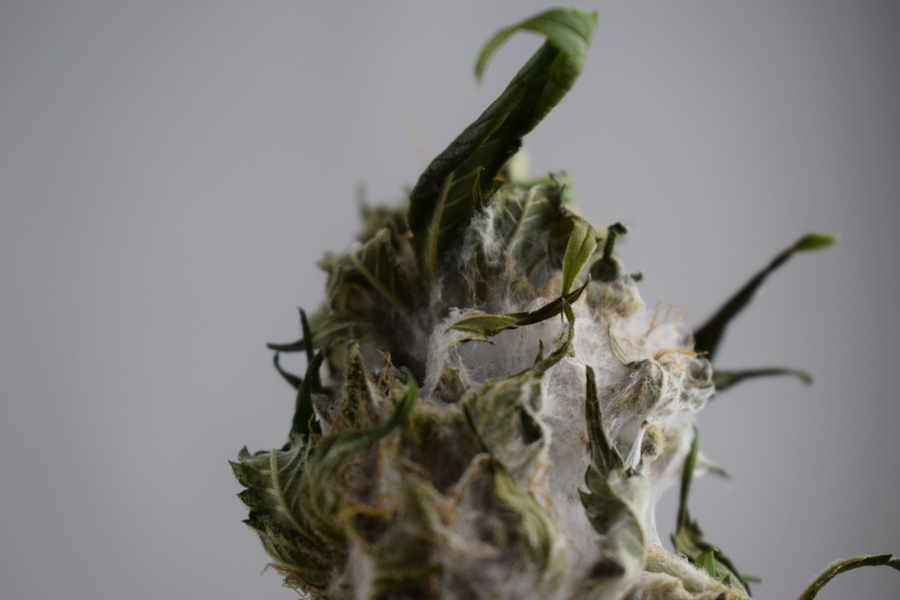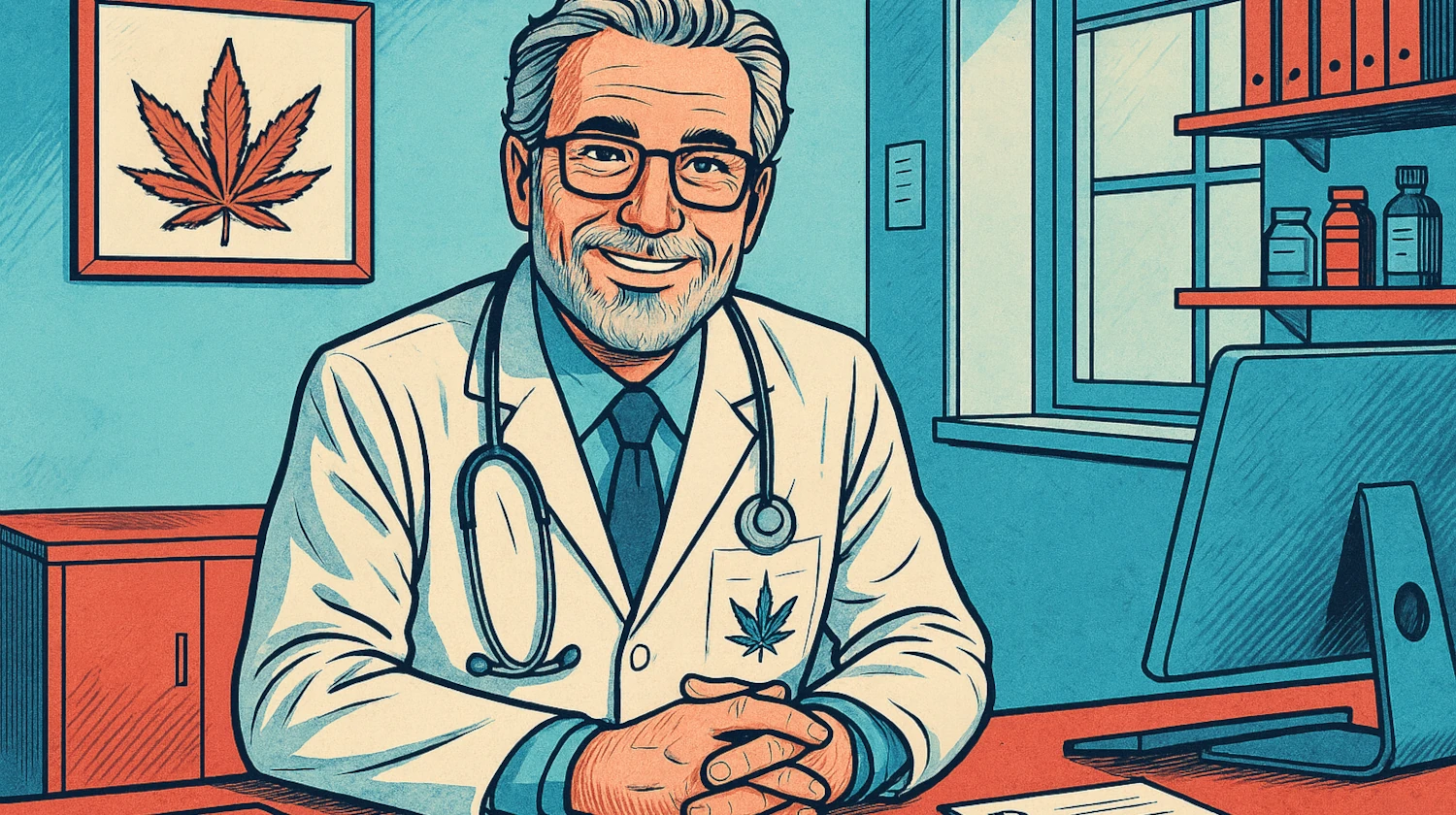How long do you usually store your weed? If you regularly have flower hanging around for long periods without proper storage, you may find it becoming moldy. Your intuition or common sense may be telling you not to smoke moldy weed. But is it bad for you? Let's look at all the facts. In this article, we'll answer all the common questions you may have about moldy weed.
We'll also give you some tips on how to avoid mold in the first place!
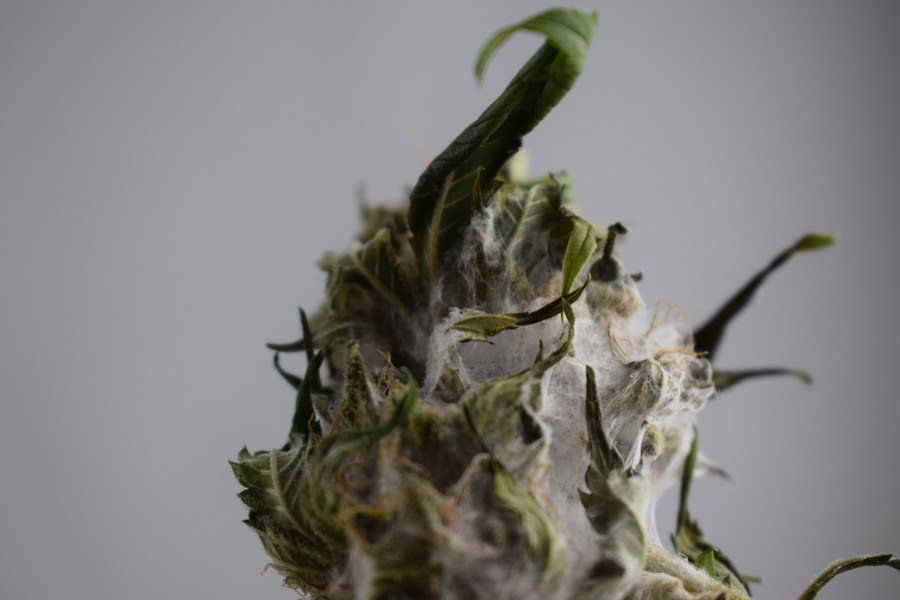
How to Tell if Your Weed is Moldy
It probably won't be as apparent to you that your weed is moldy compared to, say, food in your refrigerator. This is especially true if you're not a regular cannabis user who may not know what to be on the lookout for. Even if there's no mold to be found, the trichomes on your marijuana, those thin, little hairs that look as though they've been covered in morning dew, may throw you off. Look closely for any dark spots, small spores, darkened roots, or dark-colored fuzz that may coat your nugs.1 Be sure to note anything that resembles cobwebs in your cannabis or any off-brand smells, as they could indicate moldy weed.
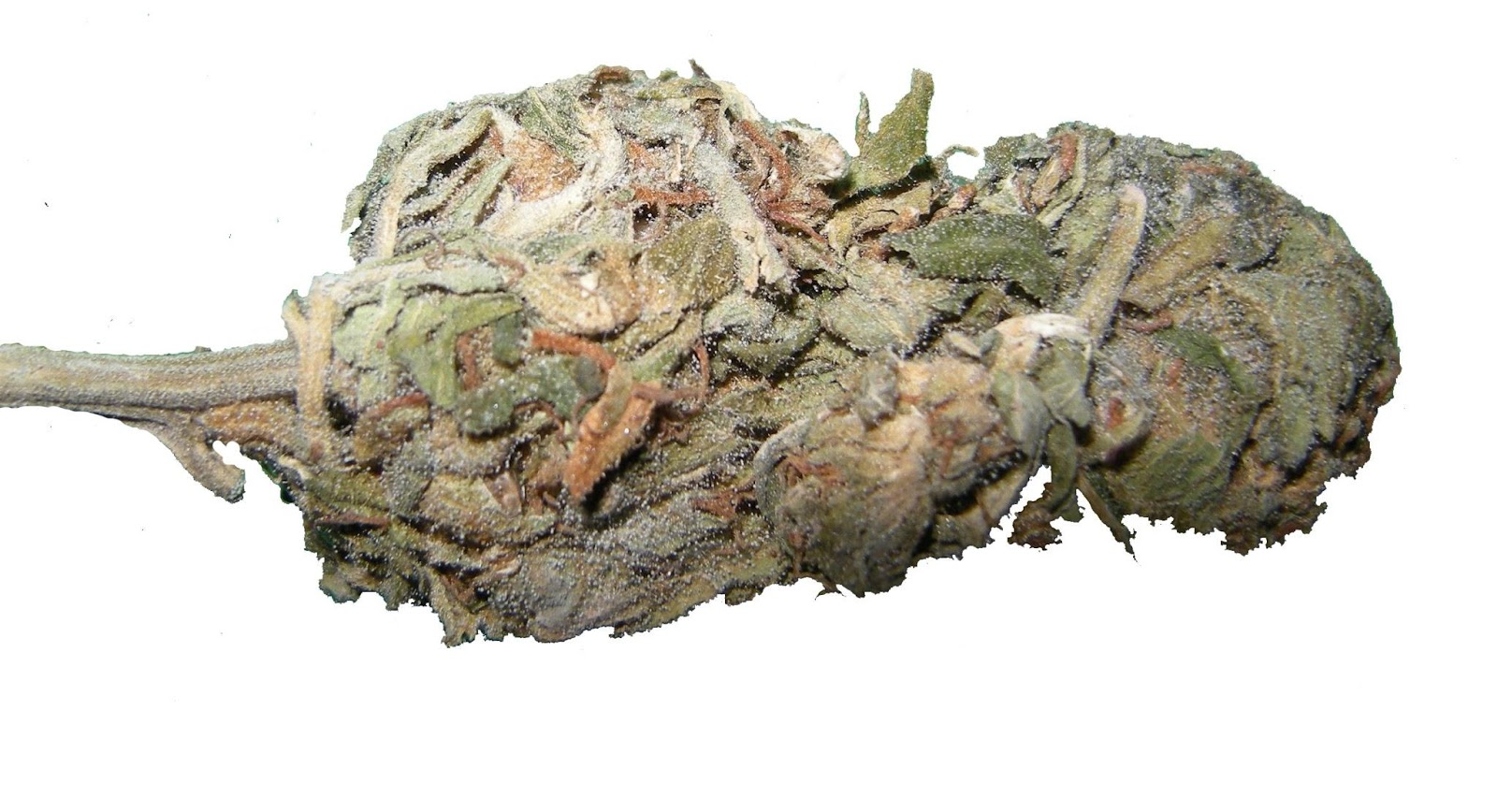
The visual signs of mold may be difficult to spot, even under close examination. We recommend using a UV blacklight to help reveal hidden clusters of mold spores that may reside on your flower. It also may be more valuable to look at the smell of your marijuana to detect the presence of mold. Your cannabis may have an odd odor, what you may expect of sweat, urine, mildew, or a moldy basement. Cannabis has a pungent odor, anyhow. If another smell besides its own is overpowering it, your marijuana may have mold.
How Can I Fix My Moldy Weed?
Ultimately, there is no way to 'fix' your weed if it becomes moldy. Even if you were to try to scrape it off the surface, doing so would destroy or scrape off the trichomes that contain all the THC. Unfortunately, once it's clear there is mold on your weed, it's ruined. This means you shouldn't try to cut around the mold, either.
While some of the mold may be visible, some will be harder to spot. You still risk inadvertently smoking mold if you remove all the nugs with visible mold. It's not worth the risk. For your health's sake, it's best to bite the bullet and buy more marijuana if you find any mold in your stash.
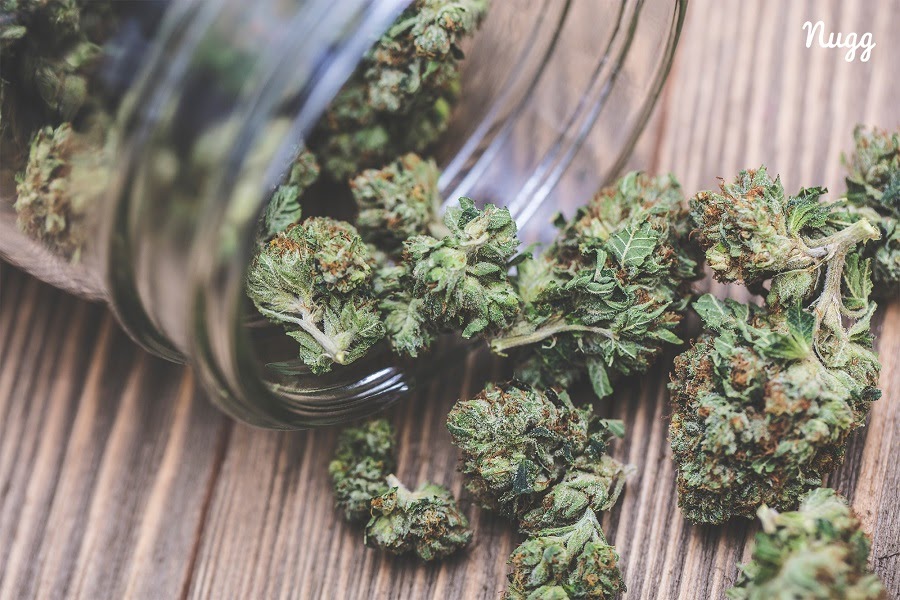
How to Prevent Your Weed From Becoming Moldy
While you may be limited in your capacity to remove mold from your weed, you're fully capable of preventing it in the first place. If your cannabis is moldy, chances are the mold is a type of aspergillus, a group of nearly 200 common molds.2 This is the same sort of fungi that you may find growing on your vegetables or old foods in the fridge or pantry.
Aspergillus molds may be commonplace, but they are rather picky when it comes to the environments in which they live. It thrives in warm, wet, and humid areas with little circulation or ventilation of the air. The good news is that this means that it's actually pretty easy for you to prevent your weed from becoming moldy. All you need to do is put it in an airtight container, preferably one that is just large enough for the amount of weed, stored in a dry place. The less extra space, the better, as this means less airflow within the container. Also, be sure to avoid or remove any moisture within the container before stashing your weed in it.
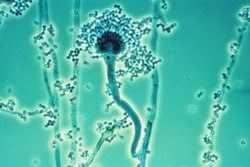
If you're storing large amounts of marijuana in one place, you should consider investing in a dehumidifier. This will help keep excess moisture out of the air. A dehumidifier can also be used to prevent mold from forming on marijuana plants as they grow. If you have an indoor cultivation site, be sure always to keep fresh air circulating within the room. Make use of some sort of exhaust fan or ventilation system to pipe out the hot and humid air surrounding your plants while replacing it with fresh, dry air. As long as the cultivation environment remains cool and dry, aspergillus and other molds will have a hard time growing on your marijuana.
What Happens if You Smoke Moldy Weed?
You should always do your best to avoid smoking weed with mold. Unfortunately, it is not harmless nor something we can ignore when we find it. Like bud rot, mold on your weed can ruin a whole stash and present health risks if smoked on marijuana. The first thing you'll notice if you smoke moldy weed. Instead of the lovely aroma and flavor we all love, moldy weed will taste and smell terrible. The taste alone will probably prevent you from smoking any moldy weed.
More seriously, you may become very sick if you smoke moldy weed. Intentionally inhaling aspergillus spores runs the risk of developing aspergillosis. This lung infection may cause symptoms like fever, trouble breathing, chest pain, and coughing up blood. This fungal lung infection spreads to the blood vessels and travels throughout the body. Invasive aspergillosis can cause dangerous symptoms that may require antifungal treatments, observation by hospital staff, or even emergency surgeries. The Aspergillus spores are also capable of causing severe allergic reactions in some people.

Other consequences of smoking moldy weed include exposure to aflatoxins, which can cause liver and lung cancers. Patients are also at risk for developing cryptococcal meningitis or fungal sinusitis.3
While it's true that Aspergillus spores are all around us, the likelihood of breathing enough in to cause health complications is typically low. However, this is not the case when aspergillus is smoked and inhaled. This is especially true with certain strains of Aspergillus, which may be more likely to cause severe infections than others. For this reason, it's always best to play it safe and avoid smoking any moldy weed.
In the most critical cases, patients may develop what is called invasive aspergillosis. This is a fungal lung infection that spreads to the blood vessels and travels throughout the body. Invasive aspergillosis can cause dangerous symptoms that may require antifungal treatments, observation by hospital staff, or even emergency surgeries.
While it's true that Aspergillus spores are all around us, the likelihood of breathing enough in to cause health complications is typically low. However, this is not the case when aspergillus is smoked and inhaled. This is especially true with certain strains of Aspergillus, which may be more likely to cause severe infections than others. For this reason, it's always best to play it safe and avoid smoking any moldy weed.
NuggMD's state-licensed physicians are always happy to answer your questions about cannabis and how it may affect your health. You can see a doctor online from the comfort of your home, and you don't even need to make an appointment! So why wait? Head over to NuggMD today.
Resources
- Punja ZK, Ni L. The bud rot pathogens infecting cannabis (Cannabis sativa L., marijuana) inflorescences: symptomology, species identification, pathogenicity and biological control. Canadian Journal of Plant Pathology. 2021;43(6):1-28. doi:https://doi.org/10.1080/07060661.2021.1936650 ↩︎
- Mousavi B, Hedayati MT, Hedayati N, Ilkit M, Syedmousavi S. Aspergillus species in indoor environments and their possible occupational and public health hazards. Curr Med Mycol. 2016;2(1):36-42. doi:10.18869/acadpub.cmm.2.1.36 ↩︎
- Vujanovic V, Korber DR, Vujanovic S, Vujanovic J, Jabaji S. Scientific Prospects for Cannabis-Microbiome Research to Ensure Quality and Safety of Products. Microorganisms. 2020; 8(2):290. https://doi.org/10.3390/microorganisms8020290 ↩︎
The information in this article and any included images or charts are for educational purposes only. This information is neither a substitute for, nor does it replace, professional legal advice or medical advice, diagnosis, or treatment. If you have any concerns or questions about laws, regulations, or your health, you should always consult with an attorney, physician or other licensed professional.

